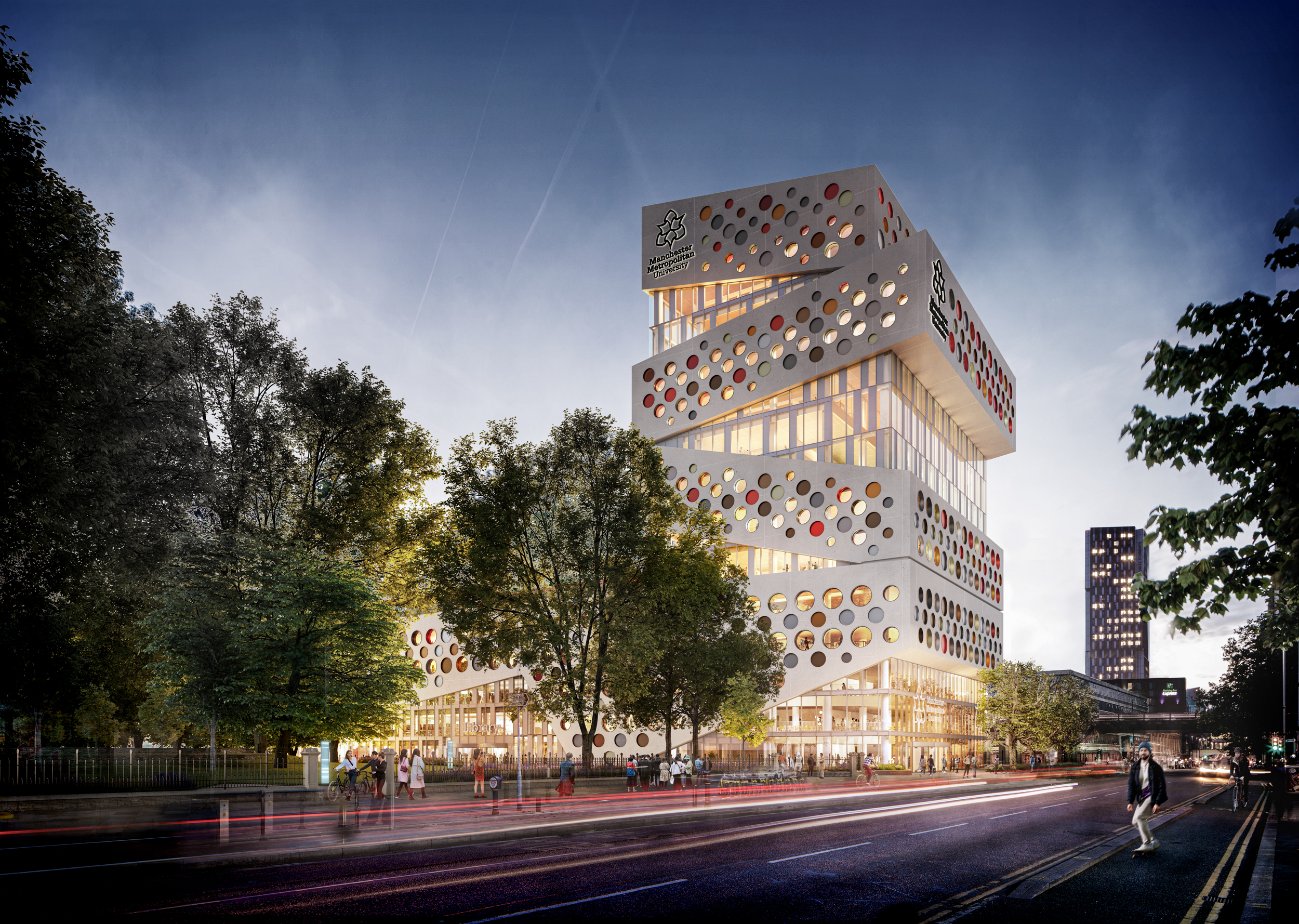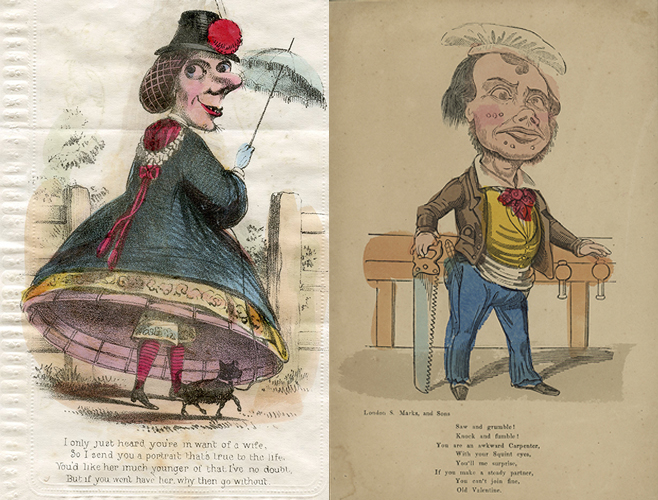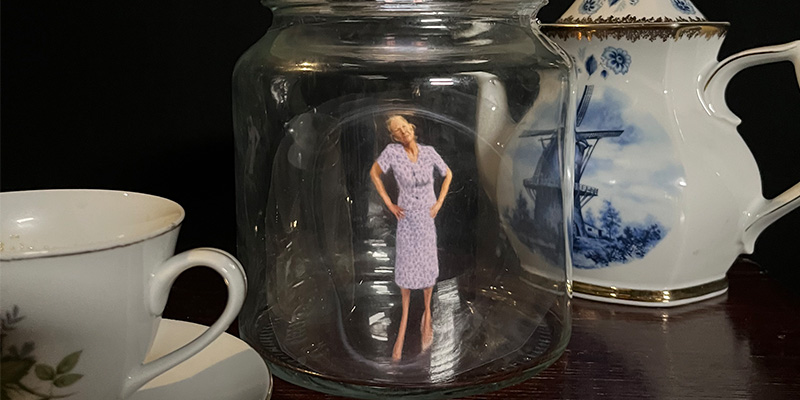News | Wednesday, 16th December 2020
What does the future hold for high street retailers?
The retail landscape is changing and some trends are set to stay, explains Dr Amna Khan

By Dr Amna Khan, Senior Lecturer in Retail and Consumer Behaviour at Manchester Metropolitan University.
The first week of December should have marked the end of the UK’s second national lockdown with the re-opening of busy, bustling and vibrant shops in the lead up to Christmas.
However, when it comes to retail, it will be remembered for something very different. The collapse of heritage high street department store Debenhams and the administration of high street giant Arcadia Group has seen the potential loss of 25,000 jobs.
The demise of both these high street retailers are rooted in simple issues. Ultimately, their business models were disrupted by the rise of online retailers as well as their own failures to invest in technological innovations and adapt to shifting consumer trends. Consumers want engagement and interactions with brands and both these retailers were no longer part of this conversation.
During the COVID-19 pandemic we have seen many redundancies in retail and many high street causalities, but the reality is the pandemic is not the sole reason for their demise. The pandemic is a bullet which has just accelerated what would have been a slow painful death for many of these retailers, who quite simply lost relevance with their target markets.
What has distinguished the fate of the winners and the losers?
We know that a major factor in the transmission of Coronavirus is large numbers of people in close proximity, so it could be argued that traditional in-store retailers were simply doomed from the start. But the reality isn’t that simple.
Although we have seen large shopping malls, which once provided the ultimate destination shopping experience, suffer this year, the once struggling local high street has seen a renaissance.
As shoppers spend more time in their local communities, as working from home became the order of the day during lockdown, the time people spend at home is paying off as consumers draw on local businesses to serve their needs.
Creative independent and small businesses have quickly responded to COVID-19 restrictions by establishing online trading and partnerships to deal with takeaway and delivery demand. The future of the local high street may well be bright, but to ensure its viability and vitality it will need to be a multifunctional hub.
Our local high streets need to become destinations that are unique and meaningful to the community. Their future may well lie in cultivating relationships with larger retailers, servicing part of their online demand through click and collect partnerships.
Switching channels to online shopping
The most obvious retail winners have been online retailers. The switch from in-store shopping to online has given many online retailers a golden bullet! These retailers have flourished because they were future proofing their organisations for demand in the future, but little did they know that their plans for growth would be realised by a global pandemic.
Many online retailers were responding to ongoing shifts in consumer behaviour by proactively disrupting the existing market and innovating their business models. What they did not anticipate is growth expected over the next five years to happen within five months.
It is, however, important to note that the future of retailing will never just be online. Yes, online shopping has seen exponential growth in recent years, but there is a future for in-store shopping.
How are shifts in consumer behaviour going to change the retailing landscape?
The existing approach to the in-store business model needs to change. Customers no longer come in to a store to buy as they can get that online. The offering for retailing has moved to experiential aspects that cannot be realised in online channels.
However, retailers need to offer more to create an experience for their customers. Research suggests that consumers are more likely to impulsively purchase products if they are in-store and the potential for upselling in store is distinct to online.
This is a real opportunity for in-store retailers. Pop-up shops and markets can be also be used to create that innovative, novel experience for consumers, taking away from the same old traditional approach on the high street.
Retailing needs to be more about the temporal nature of space, that is spaces that change to reflect evolving consumer needs and desires. Retailing is just as much about selling as it is creating hubs to learn new skills, which can be used to educate consumers.
An example could be craft workshops, for example sewing, which can teach customers new skills so that they can introduce more sustainable consumption into their purchasing behaviour. Creative hubs allow socialisation with interested customers, creating communities of engagement.
Ultimately, the COVID-19 pandemic has given consumers time to think and reflect, which has led to two trends that are going to stay after the pandemic.
One is the awareness of sustainability, through the circular economy and the support for small and local business.
The other is that support for small business will not be limited to visits to physical stores – the demand will be online too.




